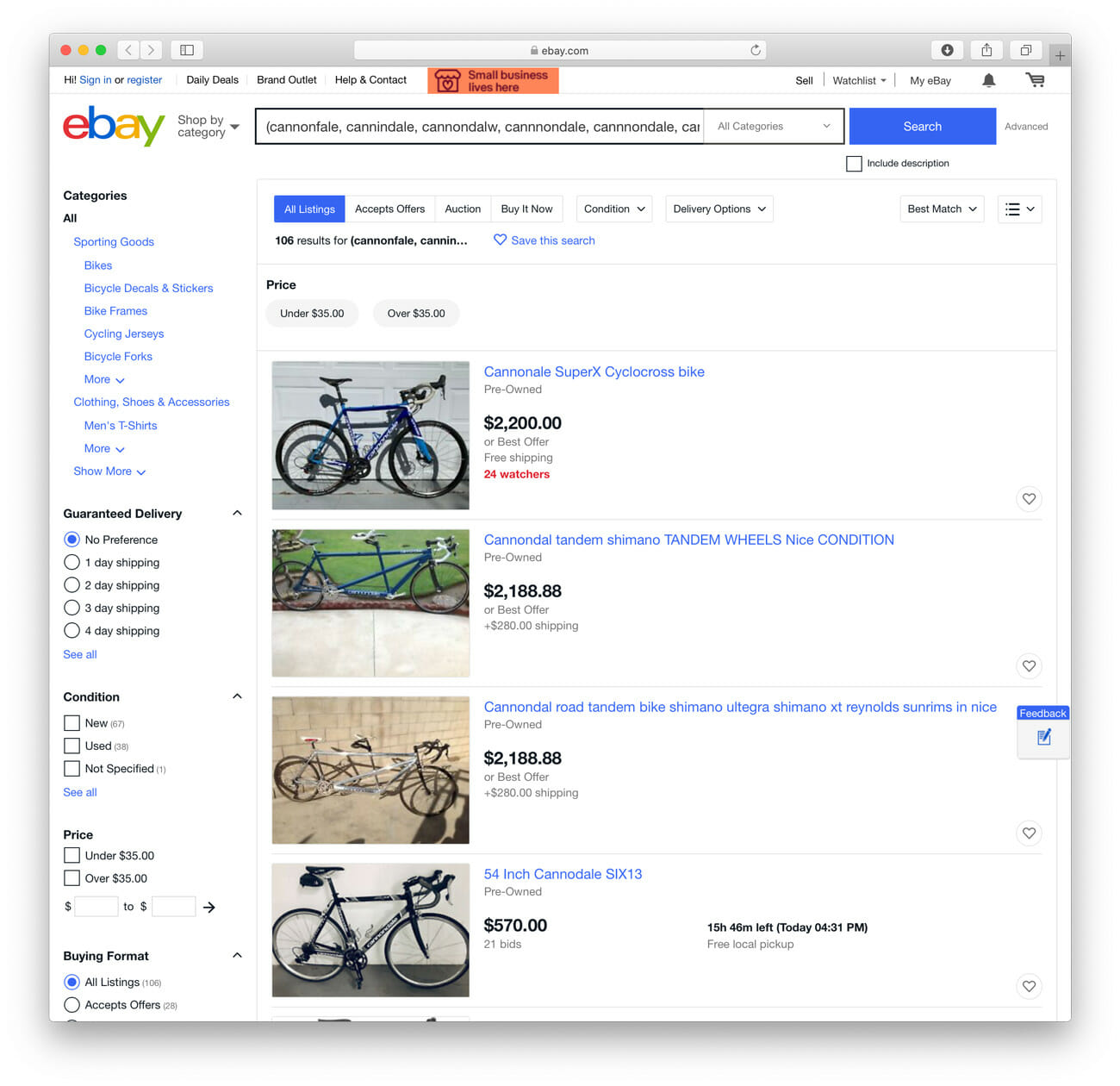When I was eighteen years old, I convinced my father that instead of going to college after graduating high school I should go to New Zealand to trek, climb mountains and whitewater canoe with the National Outdoor Leadership School, or NOLS. “I can earn an entire semester’s worth of college credit, like studying abroad!” I told him. My ploy succeeded, and that autumn while my friends moved into ivory tower dorm rooms I relocated to a red Hilleberg tent in the land of the long white cloud.
NOLS was founded in Wyoming in 1965. It is to wilderness living what Harvard is to academia. It teaches students about leadership through activities like mountaineering, sea kayaking, rock climbing and more. Its campus is the rivers, mountains, and deserts of the world. The curriculum is broad and all-encompassing — on my trip, I learned how to self-rescue out of a crevasse and how to make homemade cinnamon rolls from scratch.
Every NOLS trip comes with an exhaustive gear list that the school has fine-tuned over its fifty-plus years of operation. On that list are items you’d expect — an expedition pack, a sleeping bag, hiking socks — and one item even backcountry veterans might not anticipate: wind pants.

Wind pants aren’t entirely common among outdoor brands, but students need not worry because NOLS makes its own. The wind pants go back to the school’s founding in the 1960s, and they haven’t changed much since then. “At the time that the school started, there wasn’t much outdoor gear available,” says Rich Brame, an instructor and Director of Alumni Relations at NOLS. “It was primarily military surplus gear, so everything was canvas, leather and wool.” Outdoor companies didn’t exist yet, so the school’s founder, Paul Petzoldt, and his team were left to sew and experiment to provide for their students. “NOLS really helped create some of the first outdoor gear,” says Brame, and it was doing so at the same time that Yvon Chouinard was just starting to produce the climbing hardware and clothing that lead to the empire of Patagonia. One of Petzoldt and company’s biggest contributions to the outdoor industry in terms of gear was an early version of the lightweight insulated jacket, built using a lofty material made by DuPont called Dacron that’s now been phased out of outdoor equipment. And of course, there were the wind pants.
“NOLS really helped create some of the first outdoor gear.”
Not to be confused with rain pants, which are waterproof, wind pants are a lightweight, breathable outer layer that provides protection from wind and debris along with a bit of warmth. “On most hiking trips all you need for your lower body are a pair of nylon shorts, a pair of polyester long underwear bottoms or tights, and a pair of wind pants,” writes Mark Harvey in The National Outdoor Leadership School Wilderness Guide. Packing wind pants might seem superfluous — I certainly thought so — especially when they won’t protect the wearer from getting wet, but NOLS insists on adding them to the gear list for almost every course it operates. They are straightforward and functional. They have a cinching drawcord waist. There are elastic cuffs at the ankles and zippers running up the legs past the knee so that they can be put on easily over a pair of hiking boots. As far as features go, that’s pretty much the story. But this simplicity is one of the pants’ most potent elements.

Photo: Thomas Conor Kensok
Stylistically speaking, NOLS’ wind pants are the antithesis of sexy. They’re dark green, overlarge and baggy with big blocky patches on the knees and seat, and an XL cargo pocket on the left leg. In fact, they’re downright ugly. And yet, they’ve become iconic. There are Facebook groups dedicated to the wind pants; one pair was even brought into space aboard the space shuttle Atlantis. They’re wonderfully basic, and yet they’re the ultimate in expedition gear.
“They just function so incredibly well,” says Brame. “They’re light, they’re cheap, they’re rugged, they’re bugproof, sunproof, windproof — it just checks off all the boxes.” They’re also very repairable, and since sleek looks are already out of the equation, patches can be worn as badges of honor and proof of past adventures.

Photo: Ella Bruijn
In a way, the wind pants reflect the NOLS ethos toward gear — function over form, longevity over waste. They also serve as an enduring icon of outdoor gear history — their history proves that new doesn’t always mean better. “We knew we needed our students, in these extreme environments, to be comfortable and safe,” says Brame. “We needed gear that could help them do that, and when we couldn’t find it, we made it. It’s been an enduring item ever since.”



